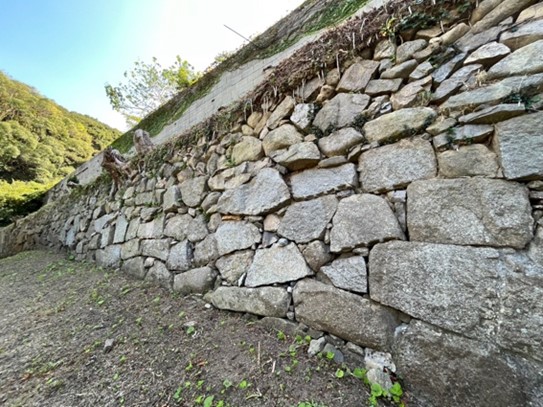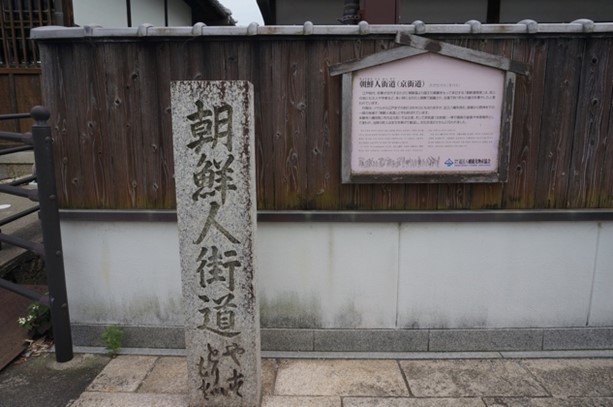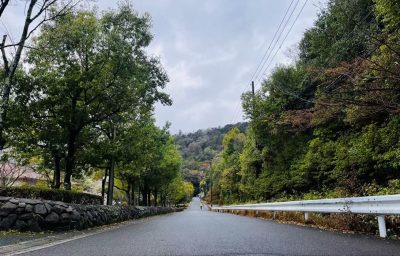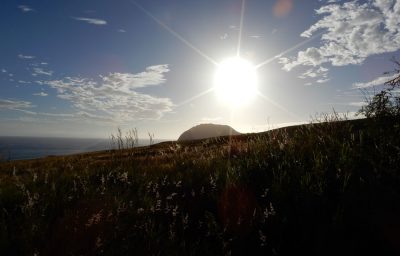COMMUNICATIONS
Evergreen Memories
A year ago, I alighted from a yellow Yasaka bus at Hana no Mai park, walked along a shady path, and arrived at Nichibunken. Thanks to the staff at the International Research Promotion Unit, within three days I had completed the procedures for taking up my post, and was able to sit in my study, looking out on the beautiful scenery, and begin my year of research.
One of the research themes I pursued at Nichibunken looked at “Ming-Japanese Exchanges in the Jiangnan Area of China: Activities of Japanese Envoys to China.” This is one aspect of the history of Japan-Ming exchanges which I have been pursuing ever since I was a graduate student twenty years ago. My method involves comparing the diary entries of Japanese envoys’ negotiations with the Ming Government and collections of official Ming documents compiled in the reign of Emperor Jiajing. I shed light on the functioning of the Ming’s three systems—army, administration, and supervisory—and how they revolved around coastal defense and tribute affairs. I also analyzed the envoys’ economic activities in Ningbo, where they landed, and along the canal that led to Beijing, unearthing the real substance of the Japan-Ming trade.
Another research theme was “The Spread of Japanese Swords in East Asia.” Using sources I found in the Nichibunken library, with Japanese swords as my entry point I investigated aspects of the complex cultural exchange in East Asia from the fifteenth to eighteenth centuries. I also researched sites related to the Joseon missions to Tokugawa Japan. I used my research fund to visit port towns such as Ainoshima, Kaminoseki, and Onomichi in October 2022. I took advantage of weekends to investigate the old highways along which the Joseon missions passed: the Nakasendō, Minoji, and the Tōkaidō. I inspected the contemporary state of the ports and roads traversed by the missions, and tracked historical changes by comparing historical records with what I could observe. I also checked inscriptions on monuments, bells and plaques. I wrote up a report based on my findings.
The days I spent at Nichibunken were fulfilling. The fine library was always open to researchers. The nights I spent perusing sources in the library till late took me back to my time as a graduate student. Whenever I felt tired, I would look up at the beautiful stained glass ceiling, and find solace. This was a year in which I enjoyed research to the full. Furthermore, I love nature, and I long to live in the mountains, which as a resident of the great metropolis of Shanghai is impossible. So, living and studying at a peaceful Nichibunken in the historic city of Kyoto was an unsurpassed joy for me.
I came to Nichibunken in a leafy season, and I leave in an equally verdant one. Green is the color of Nichibunken, one etched into my heart. My experience as a Visiting Research Scholar at Nichibunken will no doubt prove invaluable. I hope to be able to take advantage of my new knowledge and my experiences to promote cultural exchange between China and Japan.

Picture 1: Stone wall by the main gate of the Kaminoseki Ochaya. (Author photograph.)

Picture 2: Monument to the road through which the Joseon missions passed in Ōmi Hachiman. (Author photograph.)




